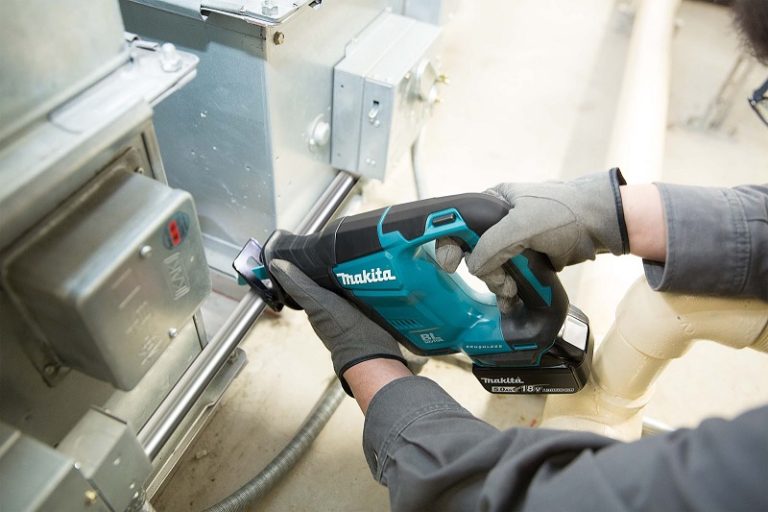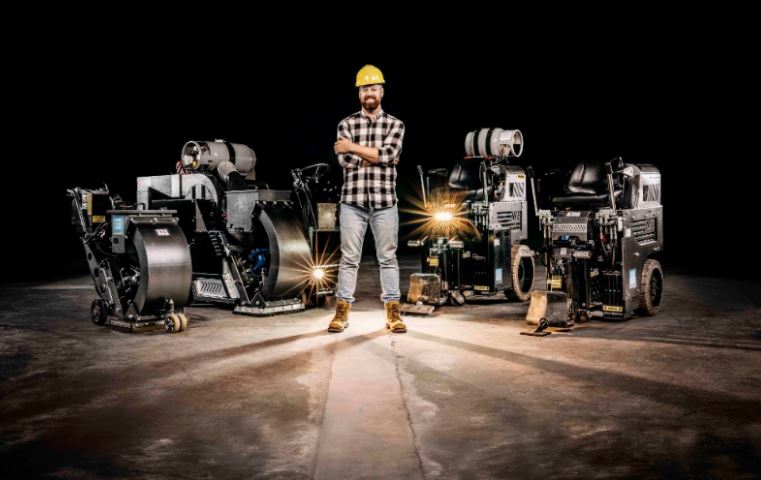To support the growing surface preparation market in the UK, US based surface preparation equipment manufacturer, National Flooring Equipment, is attending the UK Concrete Show on March 21 and 22, 2018 at the NEC, Birmingham. You can find a range of its floor strippers, grinders and other equipment on stand I10. On the stand, National Flooring Equipment will exhibit its popular equipment, including the Helix planetary grinder, designed for small, tough-to-reach spaces. The machine is easy to operate, with an edge grinder and dual-speed operation to create the perfect profile for new coatings. National Flooring Equipment will also showcase a range of its ride-on and walk-behind strippers that are designed to remove coatings and prepare the concrete substrate underneath. “We want to provide bespoke equipment to contractors all over the world”, explained Nick White, country manager for the UK and Ireland at National Flooring Equipment. “Last year, we launched the 5000 Cinq-Mille, a ride-on floor scraper modified specifically for European customers. As the market grows in the UK, we will manufacture more bespoke equipment to help contractors safely and efficiently complete surface preparation work. “The UK Concrete Show is also a great opportunity for contractors across Europe to physically compare our machines with equipment from our competitors. Seeing the competition also helps us see the latest equipment developments and improve to provide more for our customers.” As well as the Helix, National Flooring Equipment will also exhibit a range some of its shot blasters that strip, clean and profile concrete in a single step. The company provides safety equipment for contractors to ensure they are safe on the floor. Silica, or silicon dioxide, is a chemical compound found in materials such as concrete. Cutting concrete creates dust that, when fine enough, can be inhaled by construction workers, causing health problems including silicosis or bronchitis. To mitigate silica dust exposure, National Flooring Equipment manufactures dust collectors, such as the DL2000, that attaches to many of National Flooring Equipment’s other machines to keep contractors safe on the floor. The UK Concrete Show is the only event in the UK that is dedicated to the concrete industry. This year, over 180 companies will exhibit their equipment to visitors. To arrange a meeting with National Flooring Equipment’s team of experts at the show, get in touch with National Flooring Equipment’s director of marketing, Connie Johnson by e-mailing Connie.J@nationalequipment.com.










